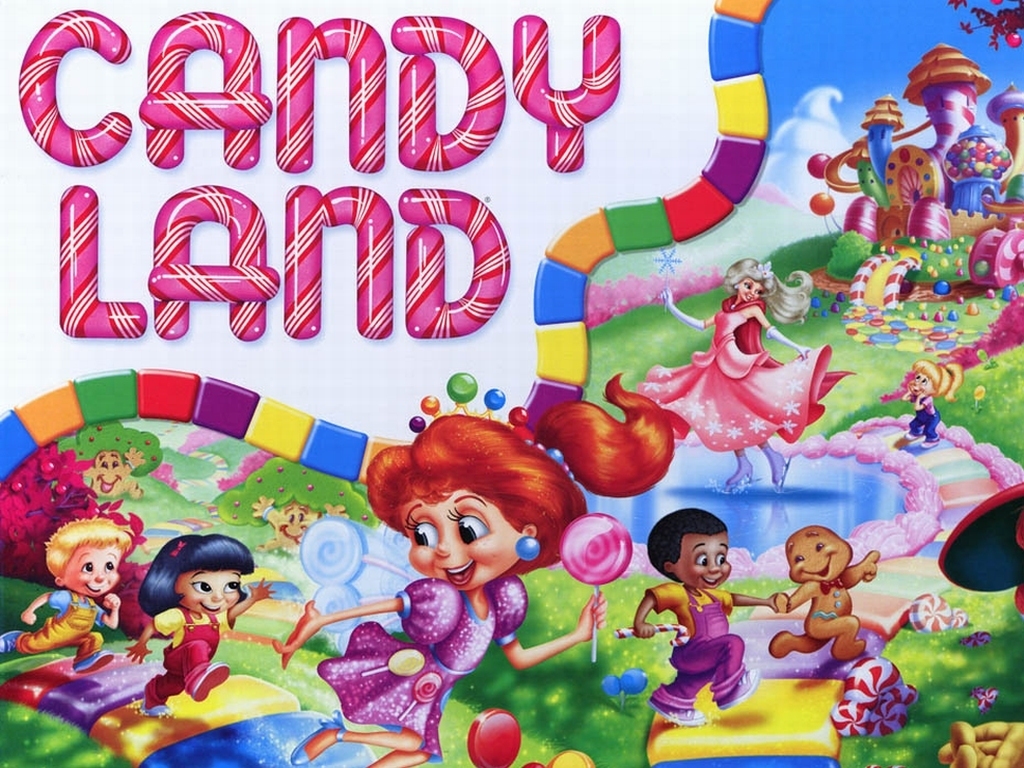Clean up time!
My mother always said “clean up what you were playing with before taking something else out.” And while I have tried that same phrase it doesn’t do any better with my own children then it did with me.
So if your children’s bedroom or playroom has gotten out of control here are a few tips to help get your children to clean up.
- Try the 5 minute cleaning game. Set a timer and see how much your children can get put away before the time runs out. (Optional – take a “before” photo so they can see how much they were able to do in such a short time. For older children make it a challenge to see who’s before/after photos will show the biggest change.)
- Use transitions as a chance to get a few items put away. If your child asks you to do something for him/her (make a snack, play a board game, or go outside to ride bikes) use that time when your child is no longer engaged in his/her play activity (and motivated to do something new) to set a quick clean up challenge (somewhere between 5-10 items depending on the mess and your child’s age). This type of challenge works well on resistant cleaners because they are in control of the items put away and can easily count down to being done.
- Break the task down. With giant messes it may be easier to break the task down into smaller segments. Try having your child clean just one area at a time (just their closet floor, or just their bed, or just their desk). Or try having him/her complete just one clean-up task at a time (collect all your dirty clothes, or put away only your art supplies).
Once your child’s room is finally clean – here are a few tips to help keep it that way
- Make a list of what a it means to have a “clean” room. Individualize your list for different aged children. Pictures will help younger children remember what they need to do. Younger children may be able to put dirty clothes in the hamper, place stuffed animals on the bed, put books on the shelves, and throw toys into bins. Older children may be ready for more responsibilities such as putting clean clothes into drawers and onto hangers making the bed, dusting shelves, and vacuuming rugs.
- Get rid of stuff. Having less stuff makes it easier and faster to clean. Try the one in-one out rule. Every time your child gets a new toy, he/she picks an old one to get rid of. Or periodically help your child help you go through his/her games and toys and pick ones to donate to charity or to a younger cousin/friend.
- Keep your child’s toys in labeled boxes and bins. Use picture labels for younger children. Group like items together. (Dolls/action figures, play food and dishes, little plastic toys, craft materials, etc).
Family Game Night

Most young children love to play board games. However, playing a game as a family can sometimes be difficult – especially if your children are not close in age.
If you pick a game that is just right for your toddler or preschool aged child – older syblings might complain that the game is too easy or too boring. But if you chose a game that is just right for your 2nd or 3rd grade child – younger syblings may not be able to keep up or understand the complicated rules.
One way to fix this problem is to chose a game that is meant for your younger child and then alter the way your older child has to play it.

To make it more challenging
- replace the color cards with other skills your child needs to practice such as reading color words or sight words.
- have your child say the colors in another language
- have your child guess the color on his/her card by solving a riddle you made up “the color of a school bus” or “the third color in the rainbow”
 or any other game involving a spinner with numbers
or any other game involving a spinner with numbers
To make it more challenging
- Challenge your child to say the number he/she spun in a creative way (without saying the actual number). For example a spin of the number 5 could be said as 3 +2, 6-1, the number of days in a school week, or the number of fingers on my hand…
- Create a second spinner – replace the numerals with number words or math sentences (7-4, 5+1, 2+2 …)

